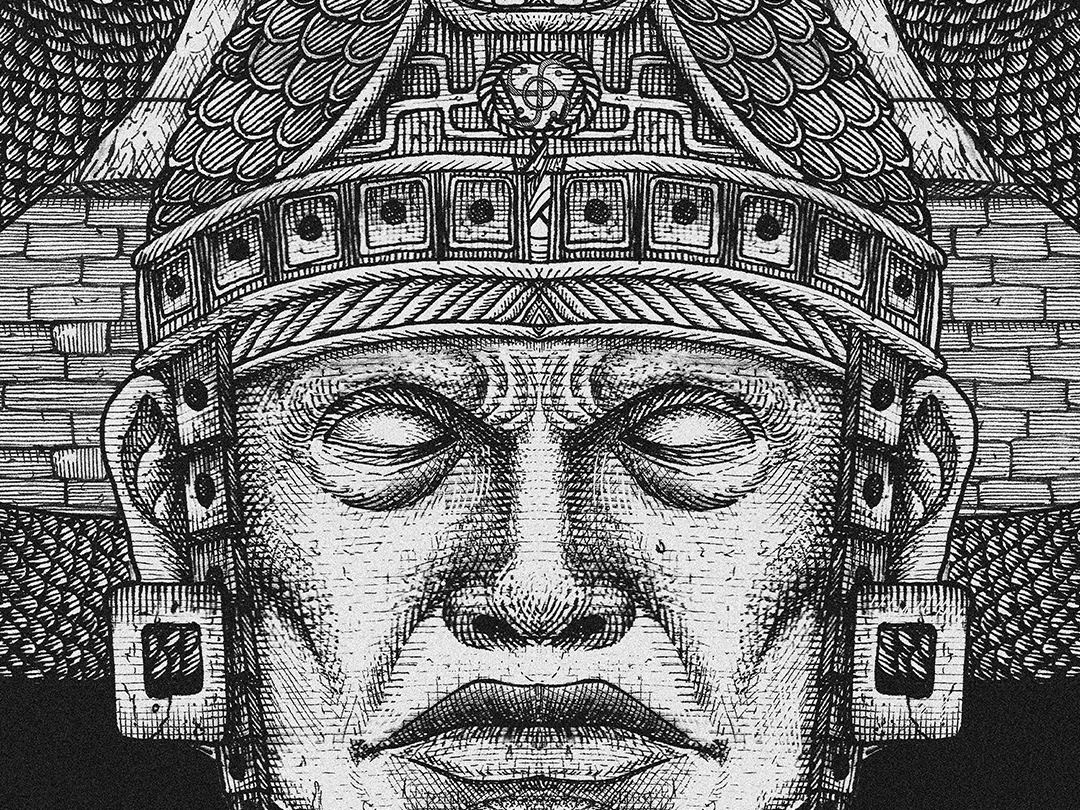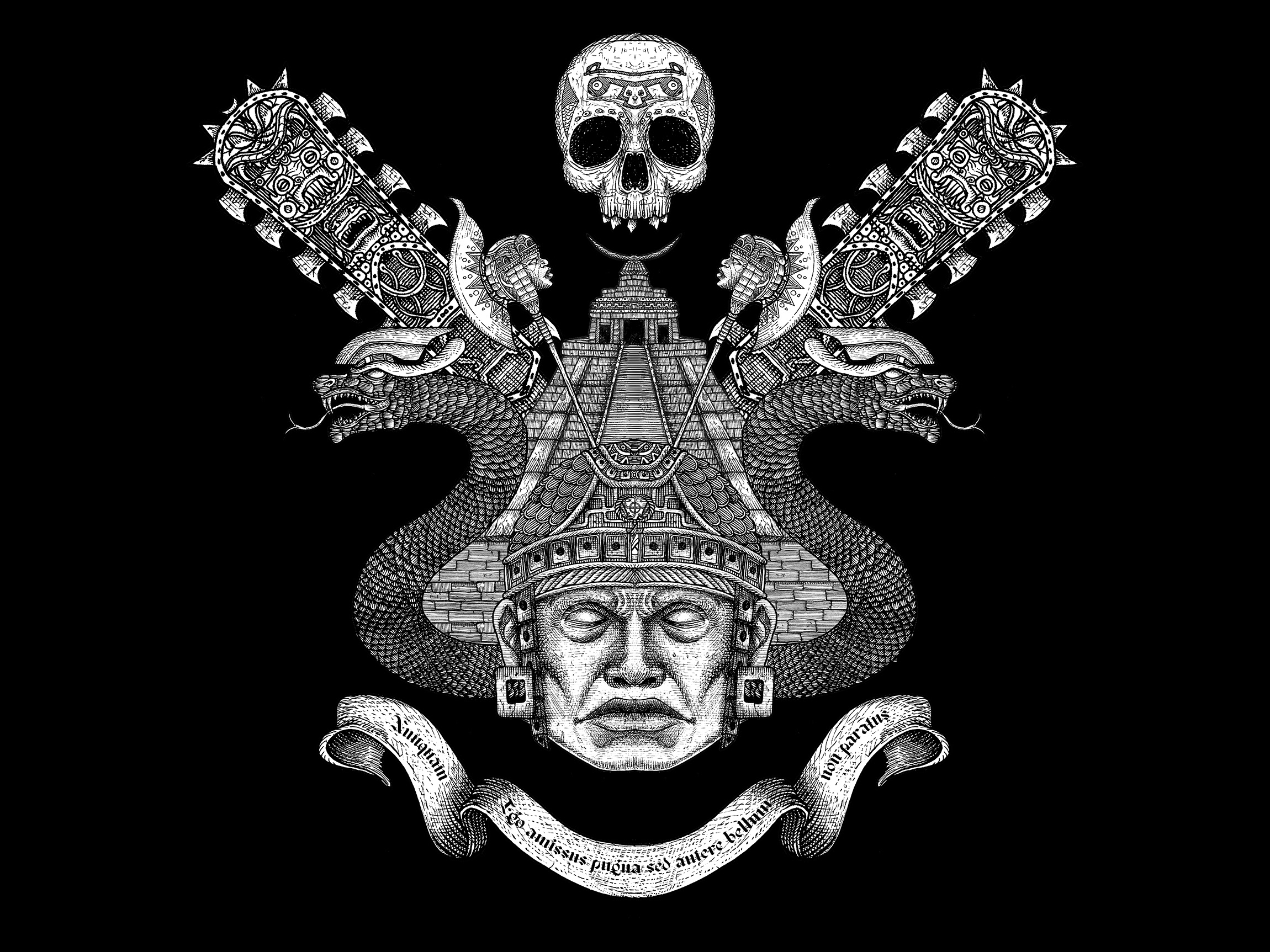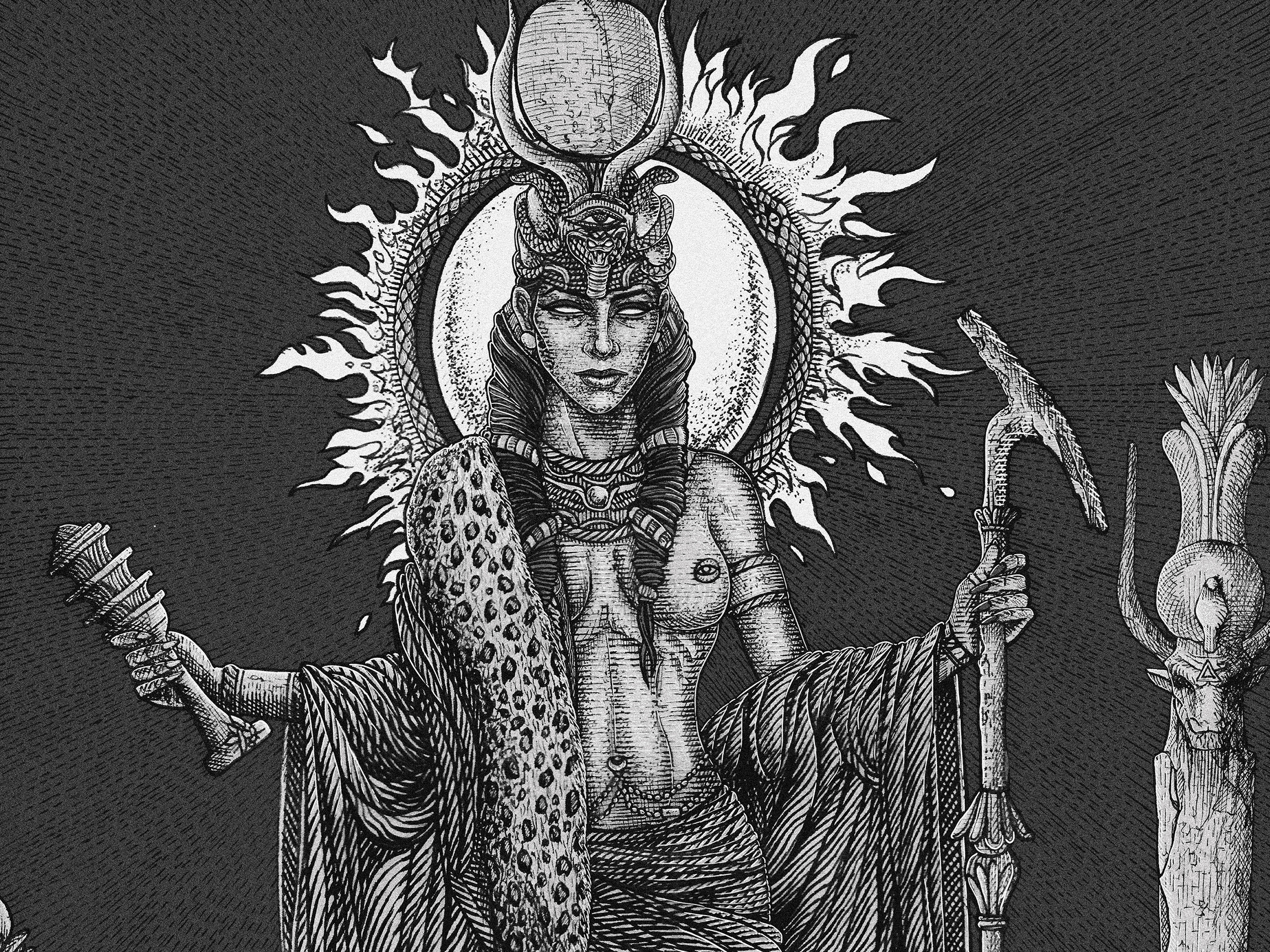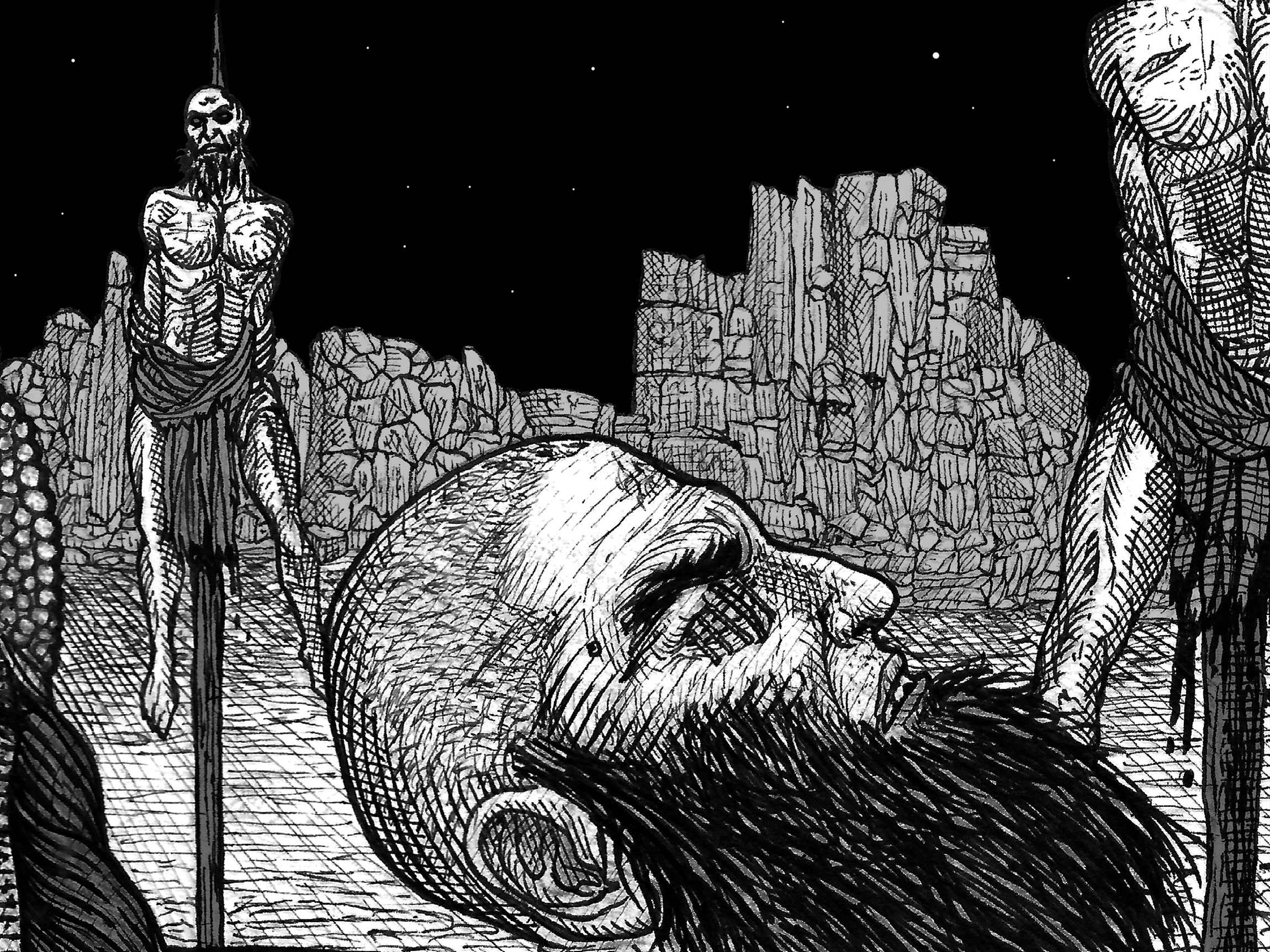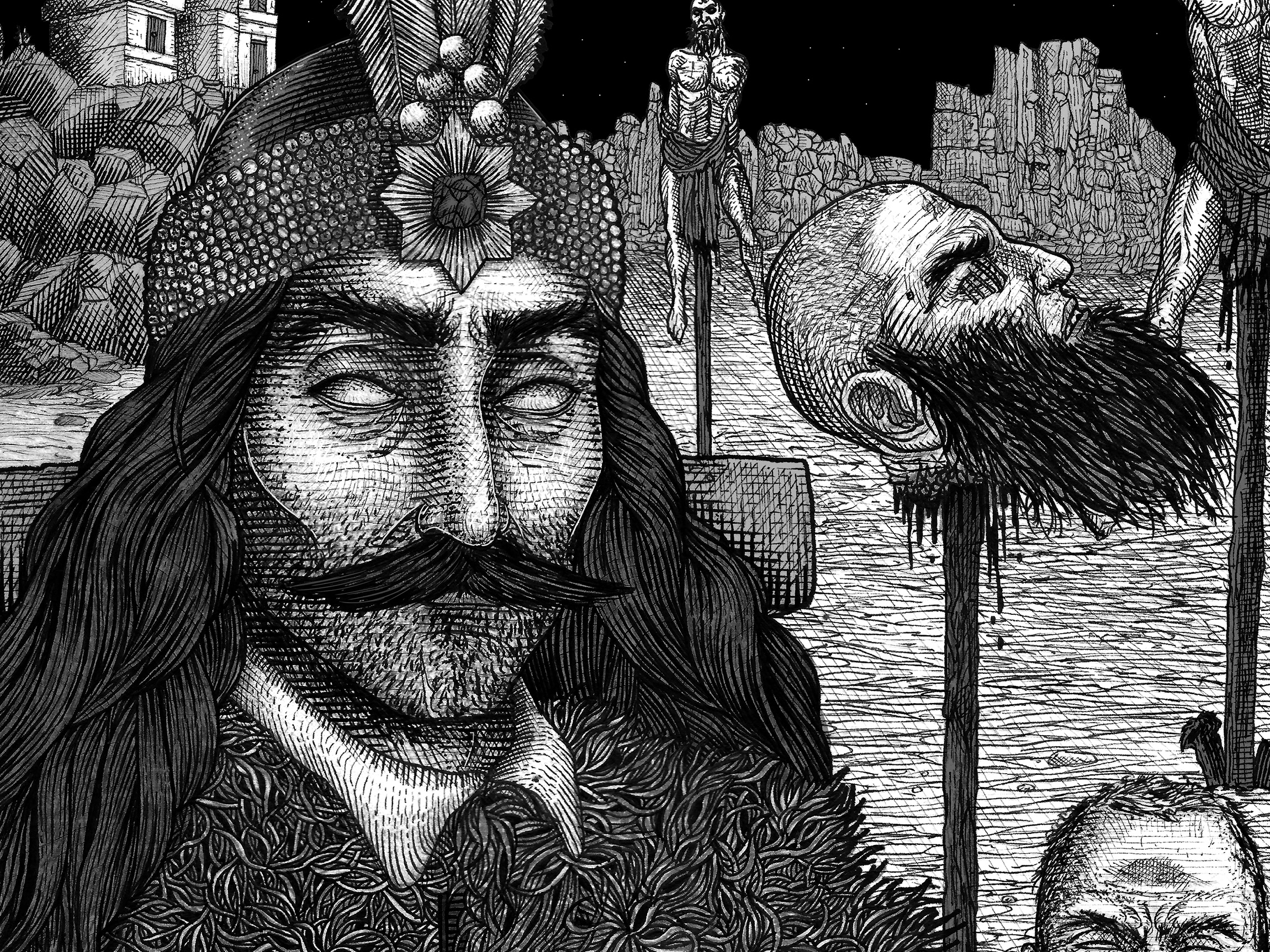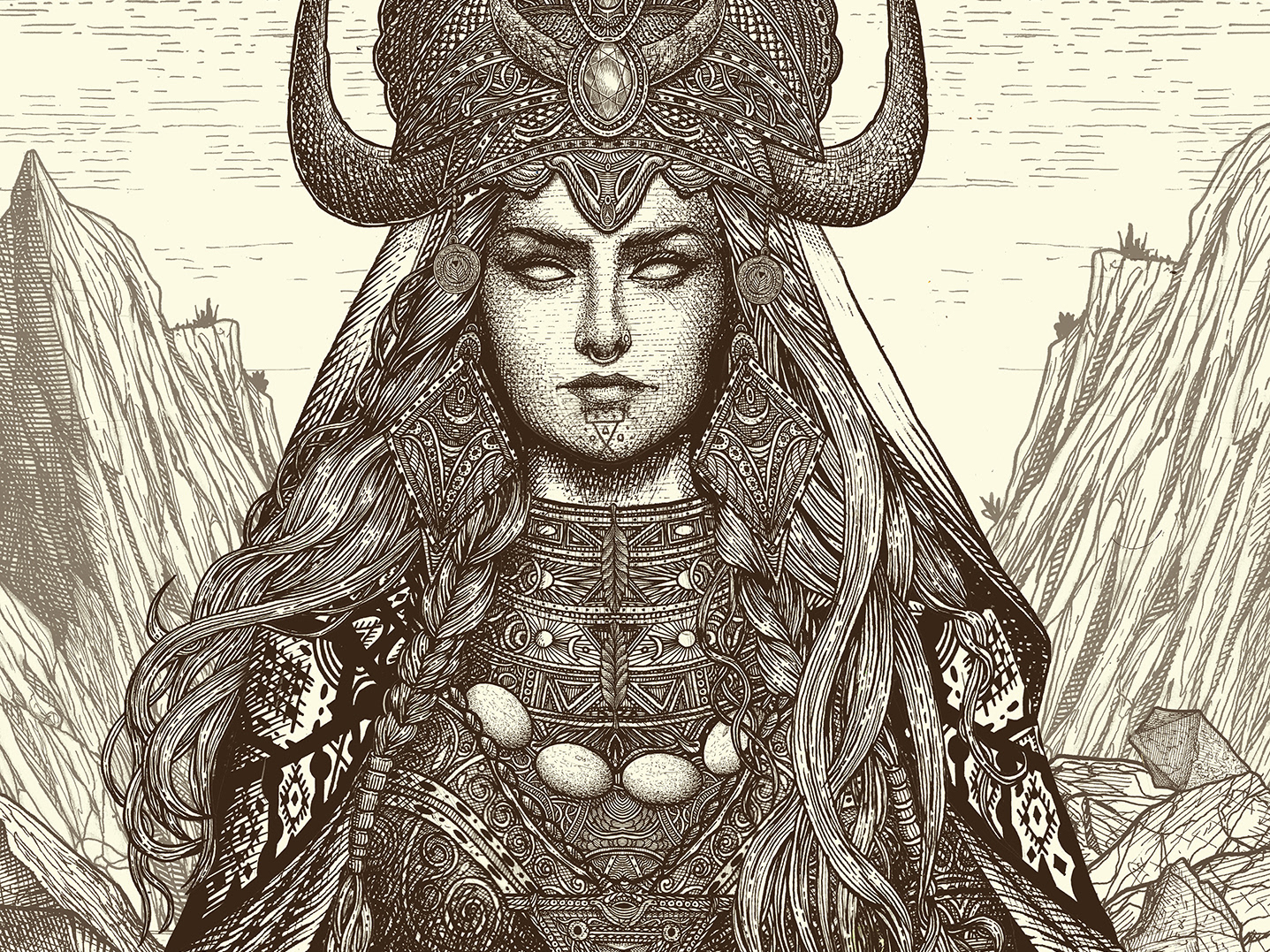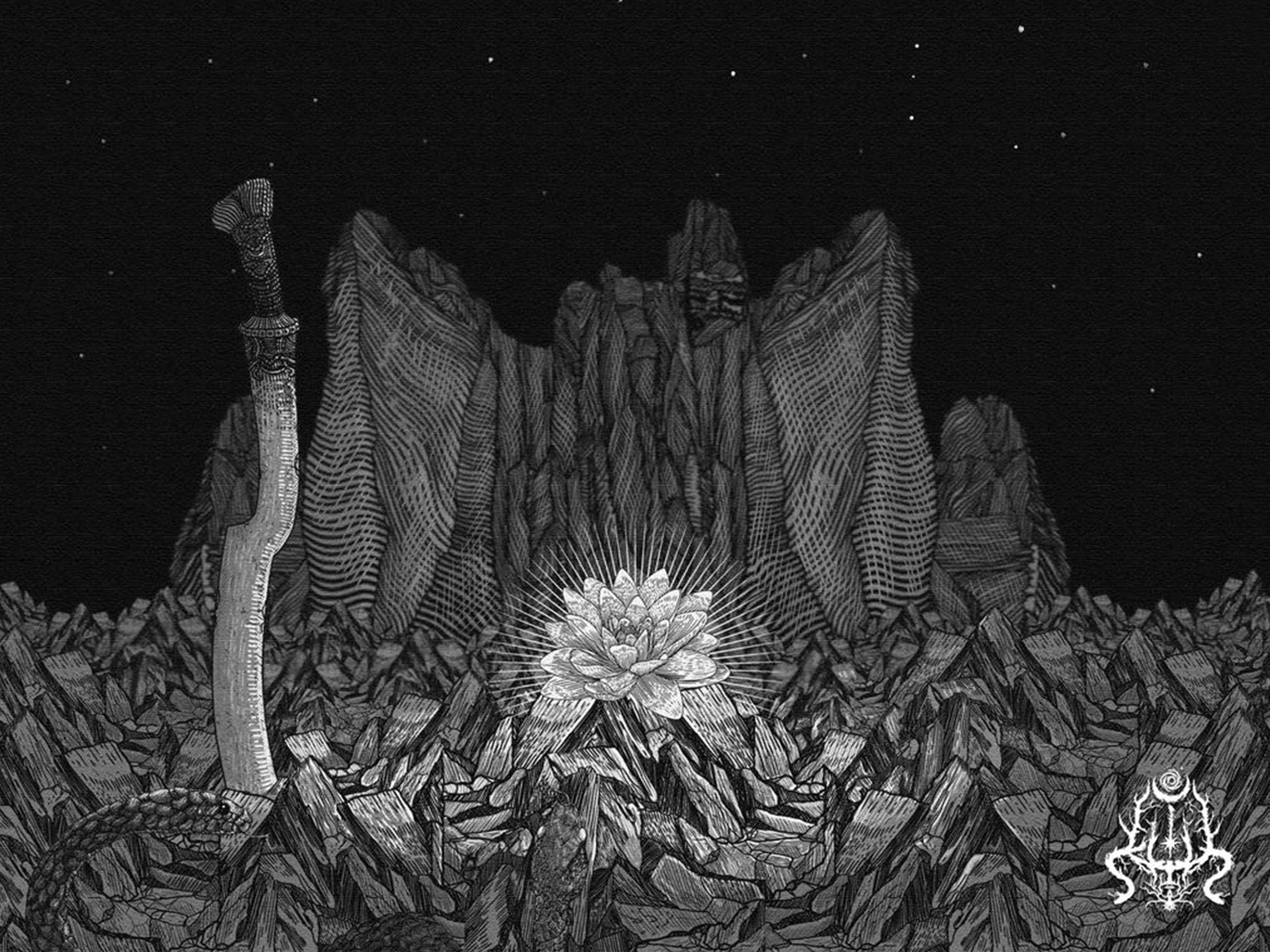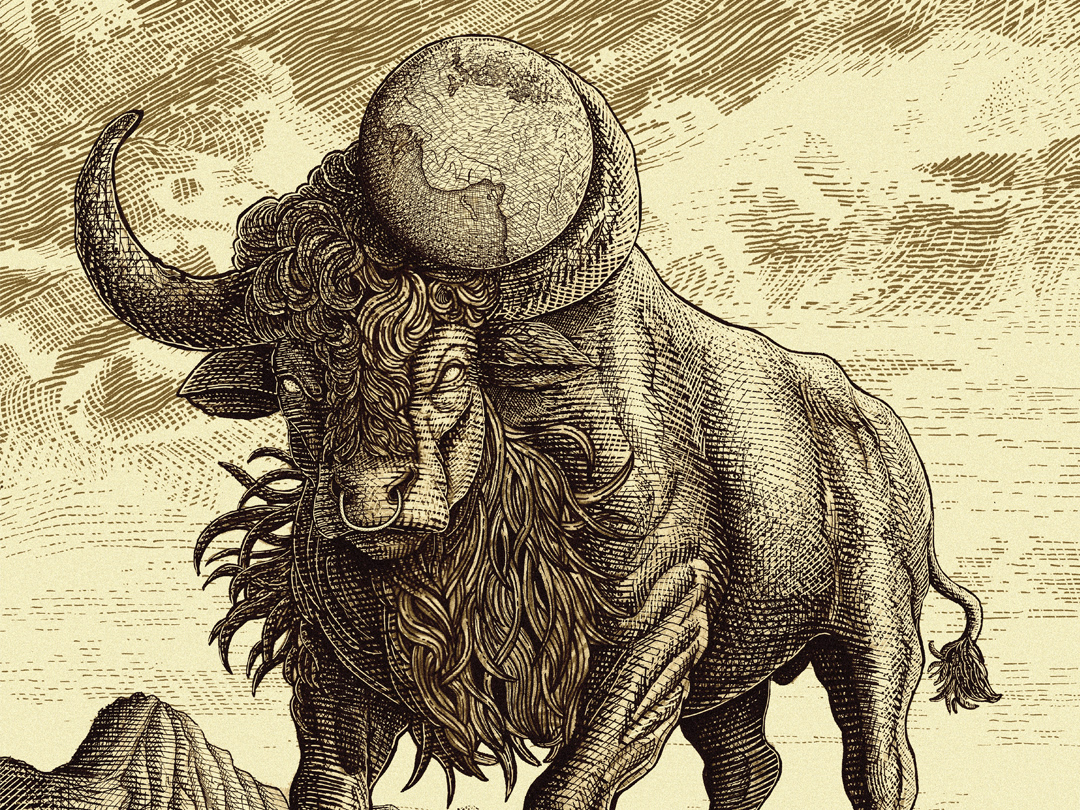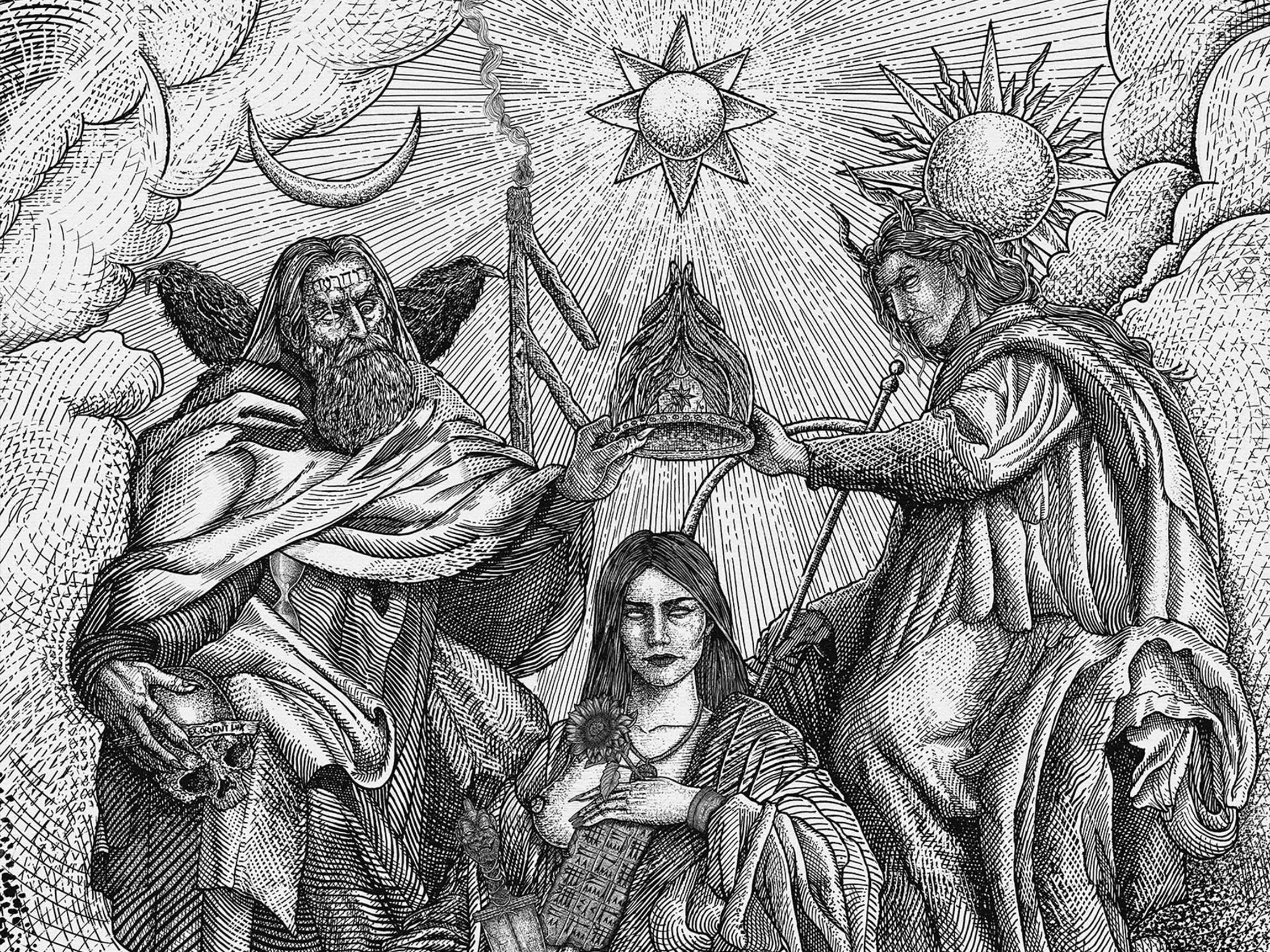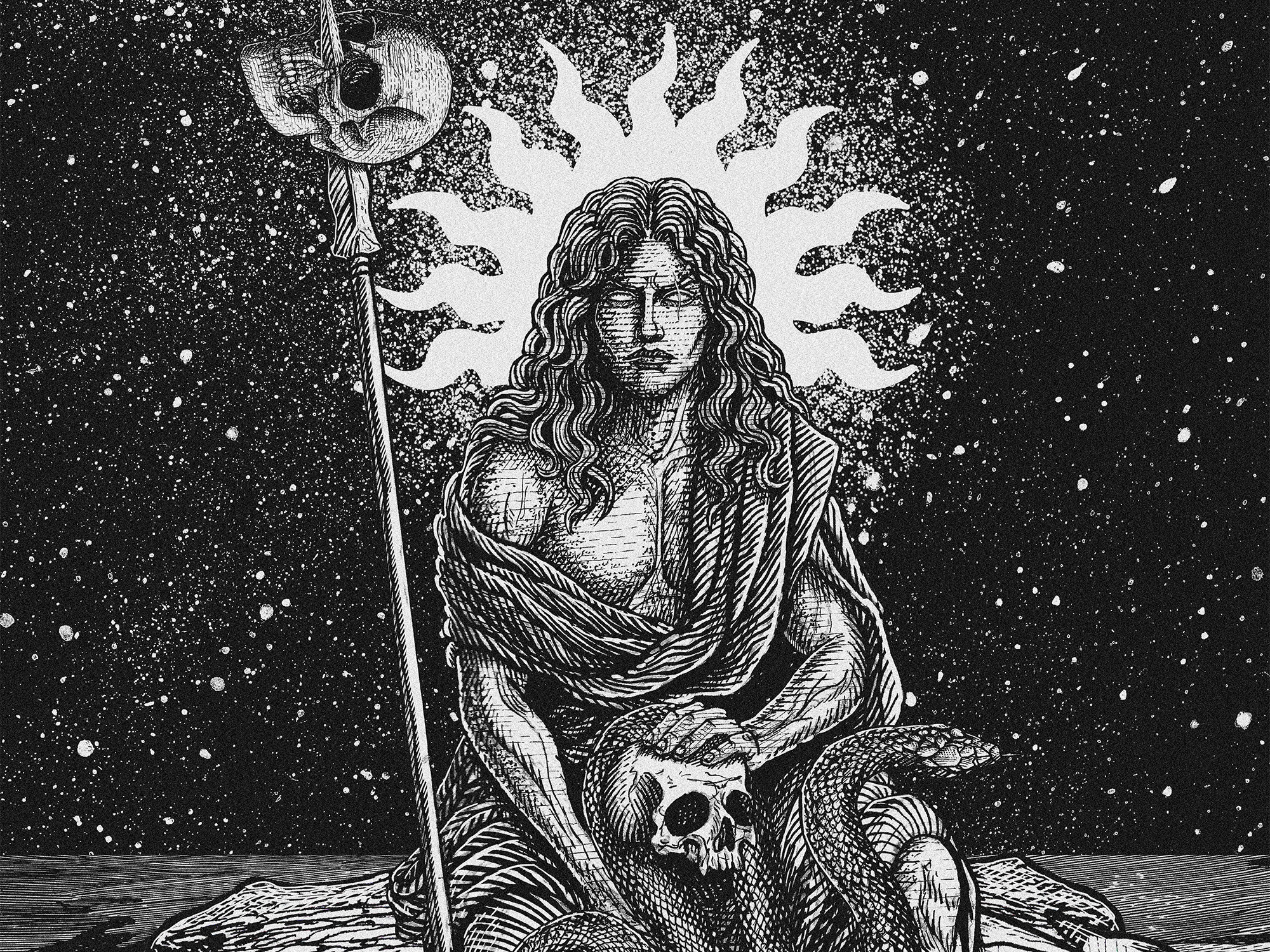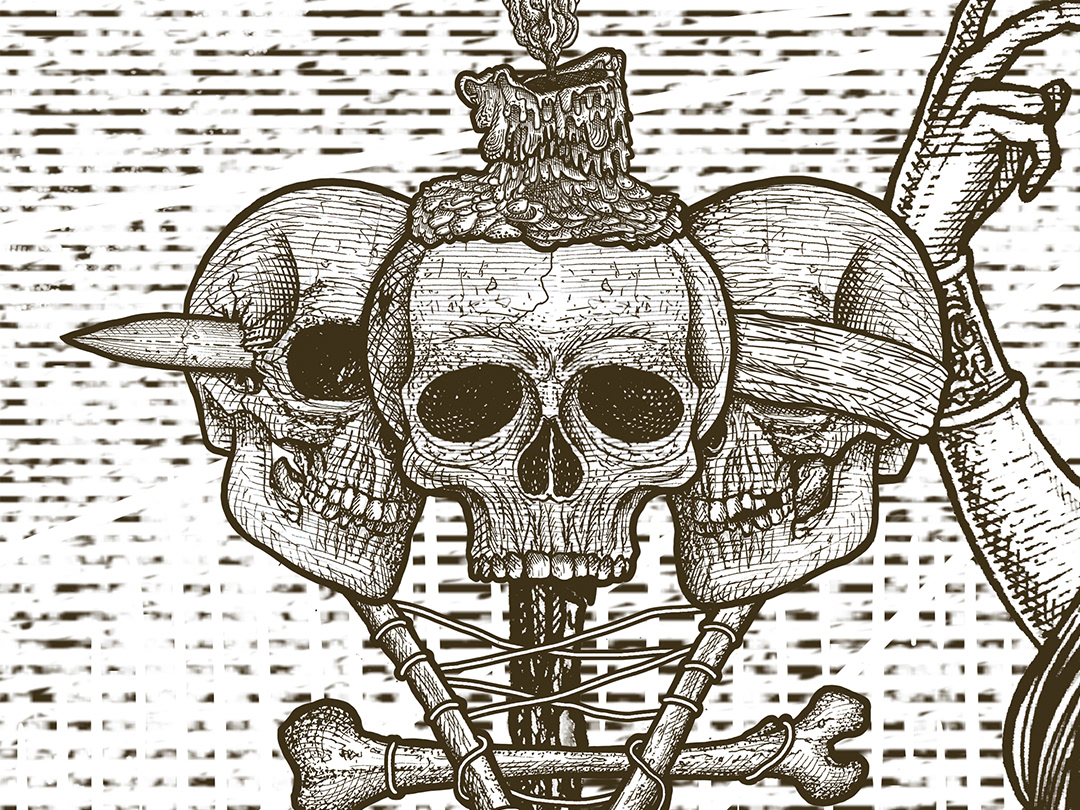In Mesopotamian mythology, Ereshkigal is the goddess of death and ruler of the underworld. Her epic encounters with Enlil, Ishtar, and Nergal bring to light the intricate dynamics between life, death, and the supernatural realms.
Ereshkigal's story intertwines with Enlil, the chief god, when Ishtar, the goddess of love and fertility, descends into the underworld to confront Ereshkigal. Ishtar's journey represents an attempt to reclaim her divine power and challenge the authority of death. However, Ereshkigal, guarding the realm of the dead, imposes her judgment on Ishtar, resulting in her temporary demise.
Nergal, the god of war and plague, later becomes enamored with Ereshkigal and desires to rule alongside her in the underworld. Their union symbolizes the merging of life and death, as Nergal brings his power and presence to the realm of Ereshkigal. Together, they establish a balance between the forces of life and death, maintaining the order of the cosmos.
This mythic narrative serves as a profound exploration of the human relationship with mortality, showcasing the ancient Mesopotamians' understanding of the interconnectedness of life, death, and the afterlife. Ereshkigal's role as the goddess of death, her interactions with Enlil, Ishtar, and Nergal, reveal the intricate web of divine forces and the ever-present reality of death as an essential part of the cosmic order.
Ereshkigal's story intertwines with Enlil, the chief god, when Ishtar, the goddess of love and fertility, descends into the underworld to confront Ereshkigal. Ishtar's journey represents an attempt to reclaim her divine power and challenge the authority of death. However, Ereshkigal, guarding the realm of the dead, imposes her judgment on Ishtar, resulting in her temporary demise.
Nergal, the god of war and plague, later becomes enamored with Ereshkigal and desires to rule alongside her in the underworld. Their union symbolizes the merging of life and death, as Nergal brings his power and presence to the realm of Ereshkigal. Together, they establish a balance between the forces of life and death, maintaining the order of the cosmos.
This mythic narrative serves as a profound exploration of the human relationship with mortality, showcasing the ancient Mesopotamians' understanding of the interconnectedness of life, death, and the afterlife. Ereshkigal's role as the goddess of death, her interactions with Enlil, Ishtar, and Nergal, reveal the intricate web of divine forces and the ever-present reality of death as an essential part of the cosmic order.
Audio created by Nergal Xul © 2024 Styxian. All rights reserved. Unauthorized use, reproduction, or distribution is prohibited

